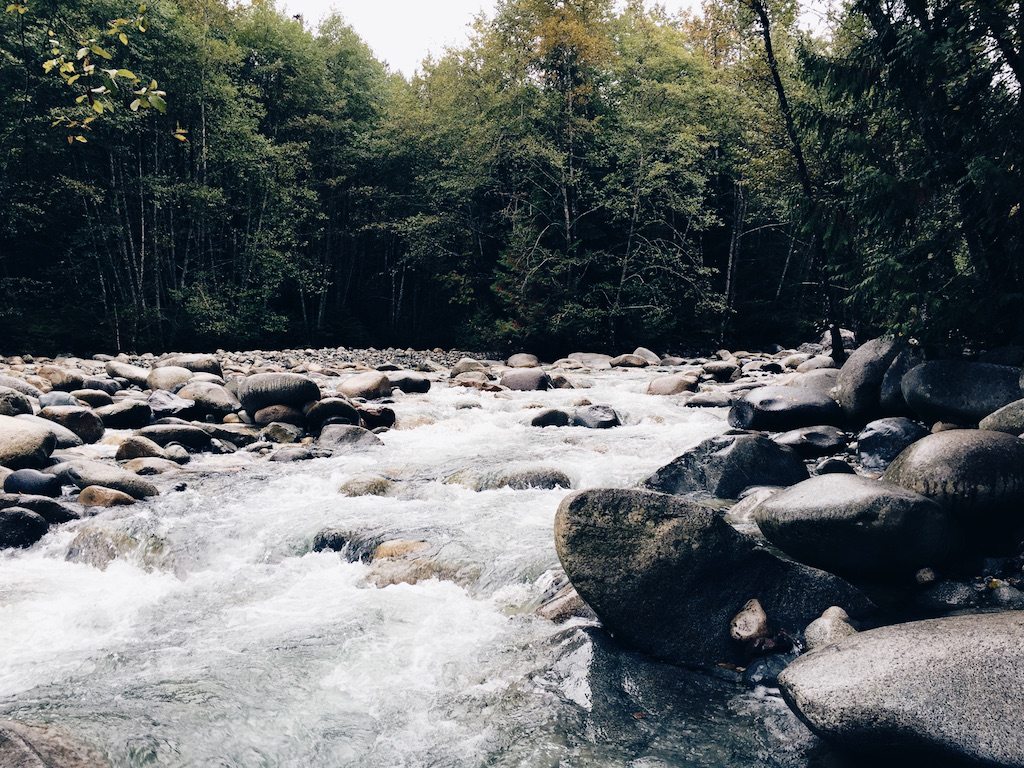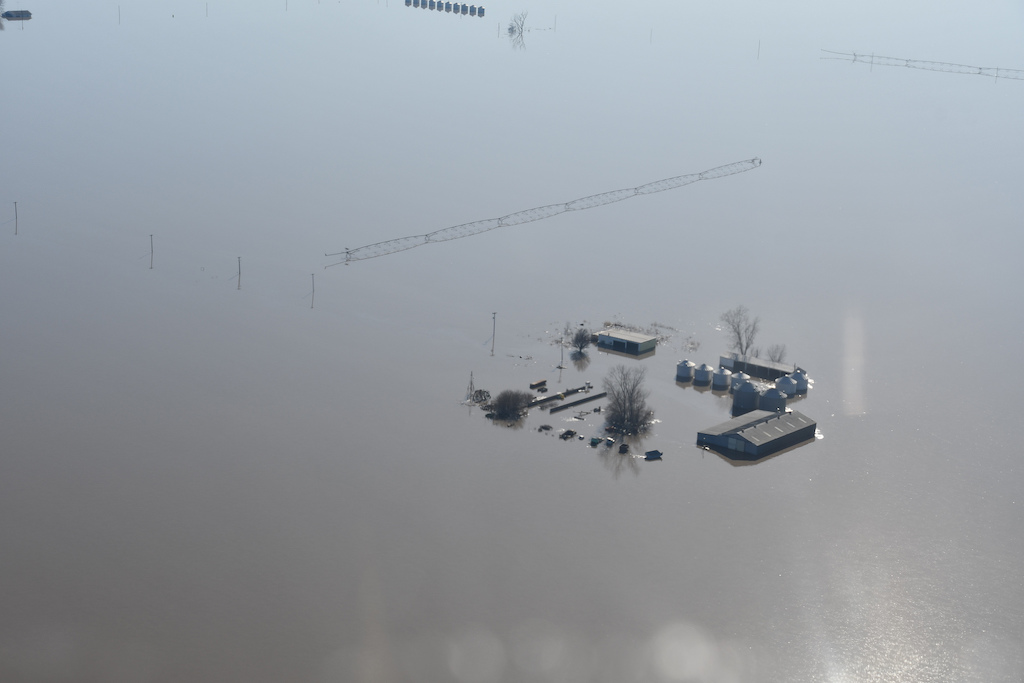Can Big Oil’s infrastructure bring water to the drying American West?
Last month, U.N. Secretary General António Guterres declared climate change a “code red for humanity,” a dire pronouncement evidenced in real time by the drought and wildfires consuming the U.S. West (and also linked to increased rainfall and flash floods in other parts of the country). Desperate measures call for radical and irony-heavy solutions, write Steven Bingler and Martin C. Pedersen in Fast Company. With more investors bailing from a dying fossil fuel industry, and the cost of solar and wind power dropping, Bingler and Pedersen propose reusing the “vast array of idle refineries, tank farms, and abandoned off-shore drilling platforms” in states like Louisiana to carry water to states in the dry and warming American West. “We don’t have time for the federal government to design, plan, and approve a national water pipeline,” the authors argue. Their proposal could help correct “water imbalances” that currently find Louisiana “swimming in excess water,” while states like California, Arizona, Nevada, and New Mexico get hotter and drier. Their argument, essentially, is this: Using Big Oil’s existing infrastructure is the quickest and most practical solution to bring potentially potable water to Western states, while also re-energizing the economy of historically oil-dependent states.

